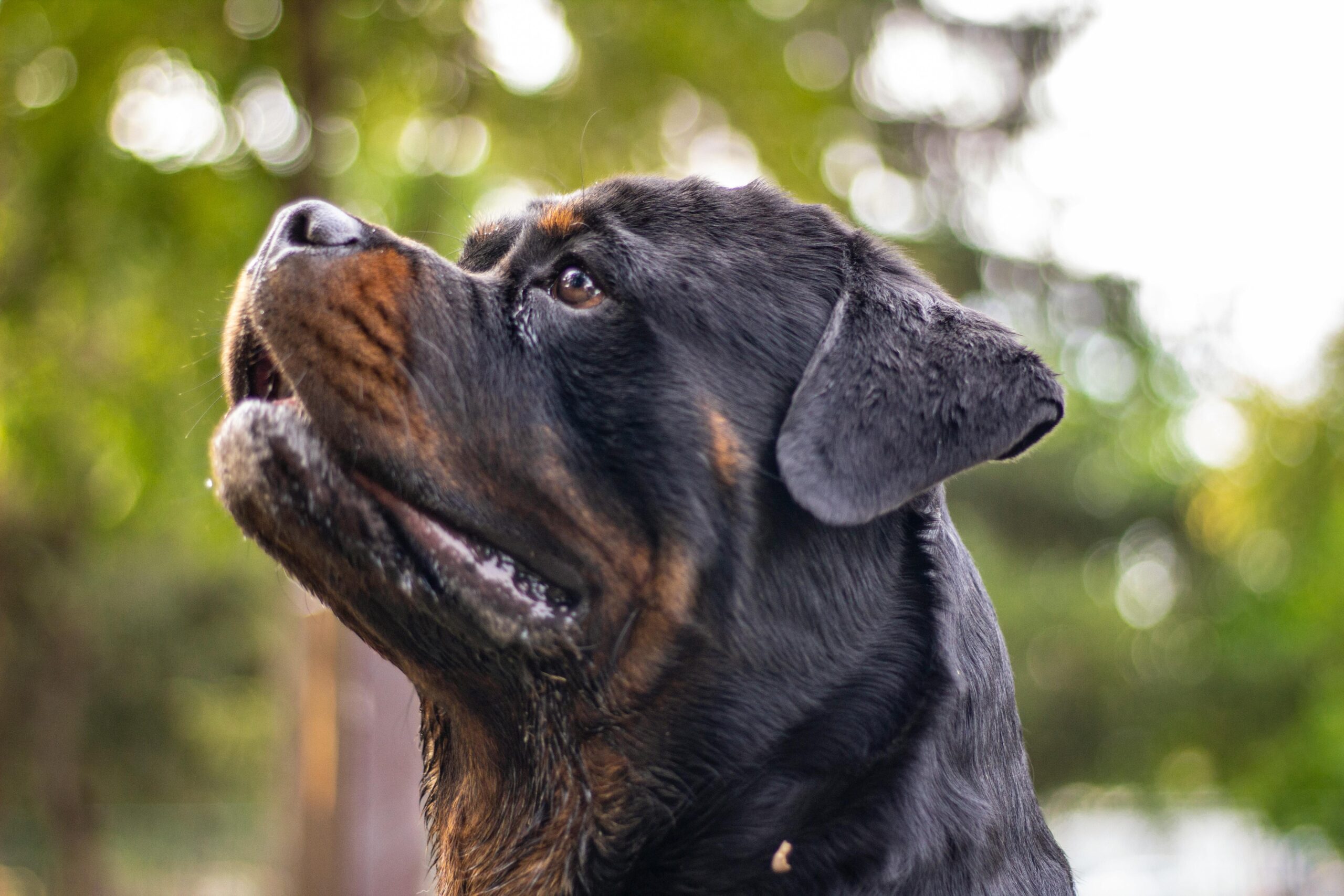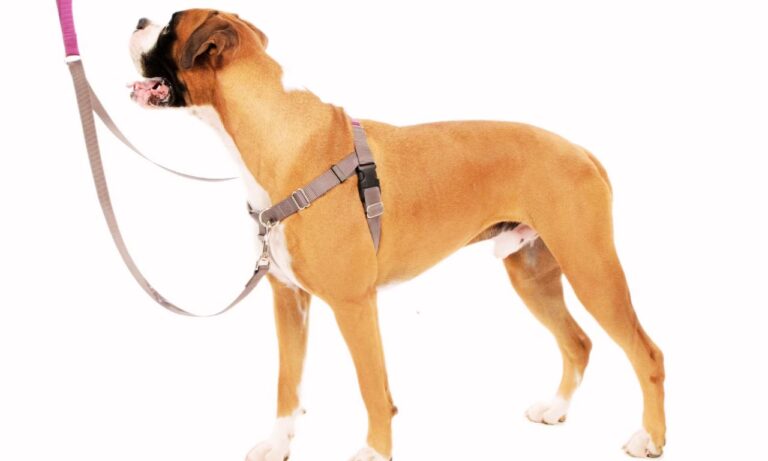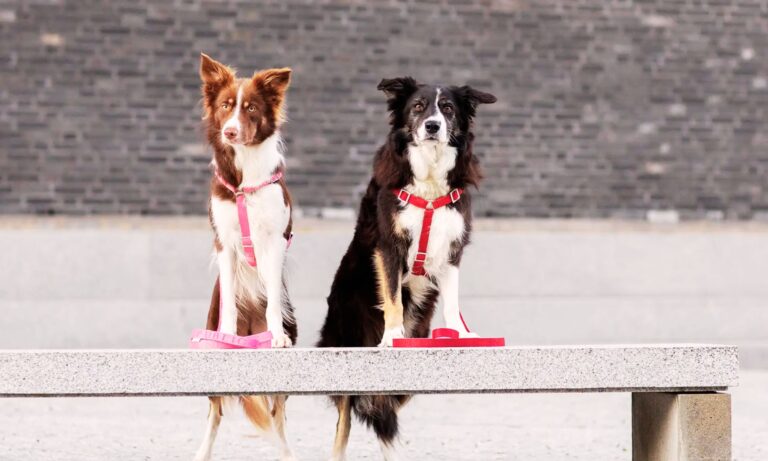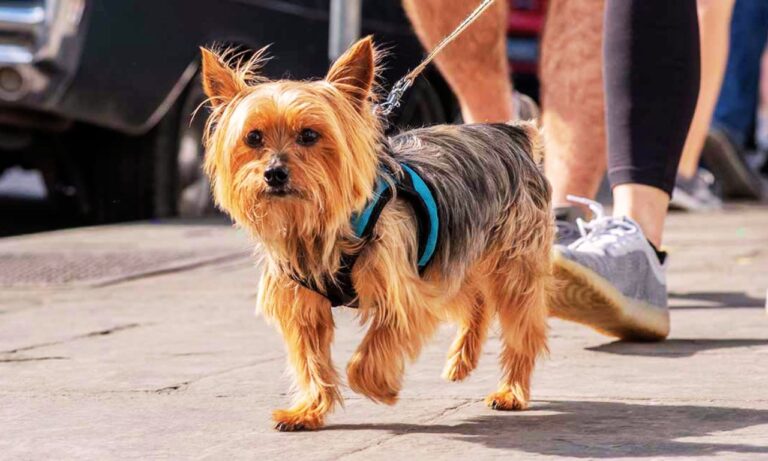| Summary: A fully grown Rottweiler typically weighs 40-60 kg and stands 56-69 cm tall at the shoulder. Males are larger than females, with genetics, diet, and exercise influencing size. Growth continues until 18-24 months, with muscle development lasting up to three years, ensuring a strong, powerful, and well-proportioned build. |
Rottweilers are known for their strong, muscular build and commanding presence. As one of the largest dog breeds, they can grow to impressive sizes, with their weight and height varying based on gender, genetics, diet, and exercise. Whether you’re a prospective owner or a long-time Rottweiler enthusiast, understanding their growth patterns is essential for ensuring proper care and development. So, how big can a rottweiler get?
At 3 months, a female Rottweiler typically weighs between 12-16 kg, growing steadily with proper nutrition. GPS dog collars help monitor activity to ensure a balanced growth rate.
Learn more about the unique double-layered coat of an Anatolian Shepherd and how to care for it effectively.
In this article, we will explore how big a Rottweiler can get, their growth phases, and the factors affecting their final size. We will also discuss how to maintain a healthy weight and muscle structure to ensure your Rottweiler reaches its full potential without health complications.
Blog Highlights
ToggleHow Big Can a Rottweiler Get: Typical Size of a Full-Grown Rottweiler
The size of a Rottweiler varies between males and females, with males being larger and more muscular than their female counterparts. Below is a general guide to the expected size of an adult Rottweiler:
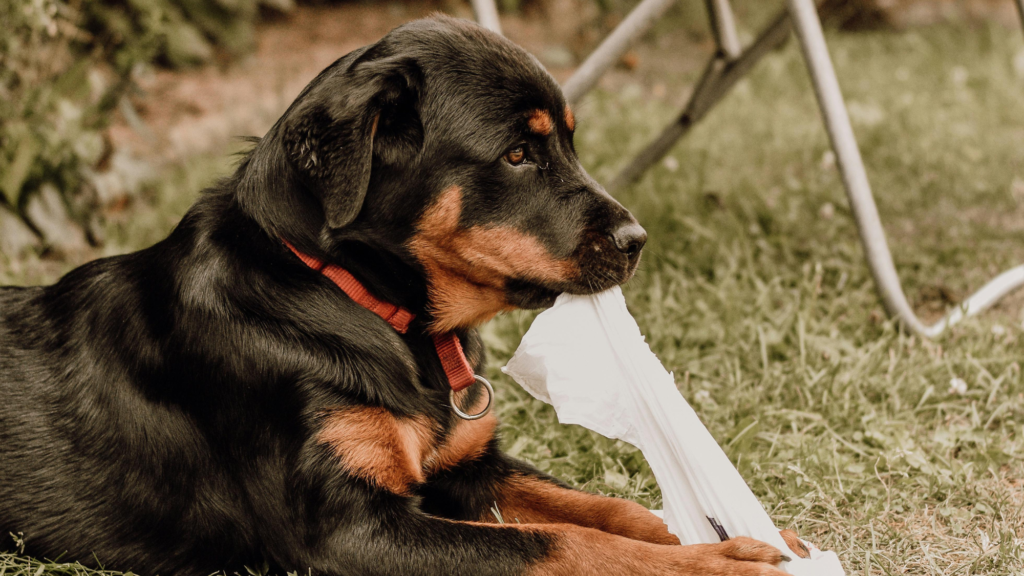
Male Rottweiler Size
- Height: 61-69 cm (24-27 inches) at the shoulder
- Weight: 50-60+ kg (110-132+ lbs)
- Growth Maturity: 18-24 months, with muscle development continuing up to 3 years
Female Rottweiler Size
- Height: 56-63 cm (22-25 inches) at the shoulder
- Weight: 35-48 kg (77-105 lbs)
- Growth Maturity: 18-24 months, with muscle development continuing up to 3 years
While these are the breed standards, some Rottweilers can grow even larger due to genetics, diet, and lifestyle factors.
👉 Fact: The largest recorded Rottweilers have weighed over 70 kg (154 lbs), though extreme sizes are rare and can lead to health issues if not properly maintained.
For insights on whether Pomeranians should wear a collar, including considerations for safety and alternatives, check out this informative article.
Rottweiler Growth Stages
A Rottweiler’s growth occurs in several phases, from puppyhood to full maturity. Monitoring their weight and height during these stages ensures they develop properly and don’t experience excessive weight gain or stunted growth.

1. Newborn to 2 Months – Early Development
Rottweiler puppies are born small, typically weighing 300-500 grams at birth. However, they grow rapidly, reaching around 7-9 kg (15-20 lbs) by 2 months of age. During this phase, proper nutrition from their mother’s milk or high-quality puppy formula is crucial for strong bones and a healthy immune system.
2. 3 to 6 Months – Rapid Growth Phase
Between 3 to 6 months, a Rottweiler experiences a growth spurt, with males reaching 14-18 kg (30-40 lbs) at 3 months and up to 30-38 kg (66-84 lbs) by 6 months. This is when they develop their basic muscle structure, and their bones become denser and stronger.
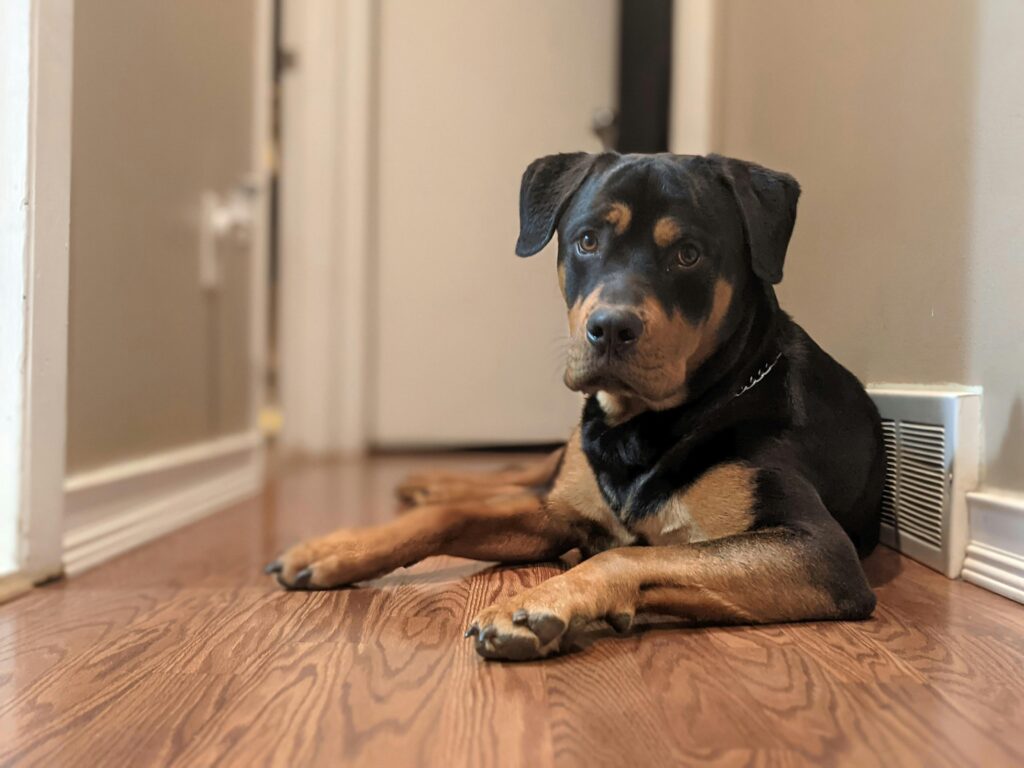
👉 Tip: Avoid excessive exercise at this stage, as their bones are still developing, and too much strain can lead to joint problems.
3. 6 to 12 Months – Slower But Steady Growth
By 12 months, a male Rottweiler typically weighs 45-55 kg (99-121 lbs), while females weigh 35-45 kg (77-99 lbs). Though their height is nearly complete, they continue filling out in muscle mass. A proper balance of protein, fat, and exercise is necessary to avoid obesity or muscle deficiencies.
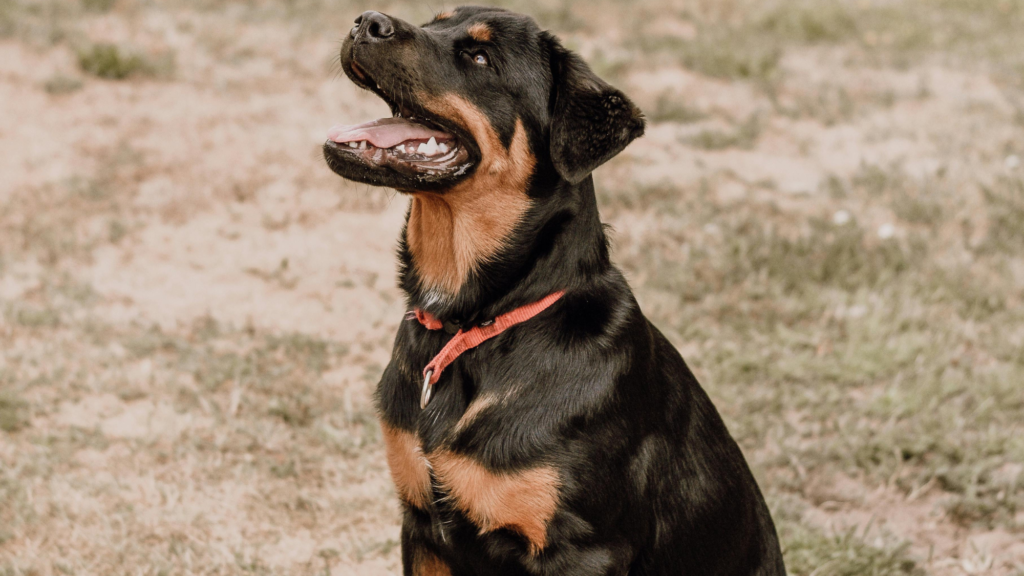
4. 12 to 24 Months – Reaching Full Size
During the second year, Rottweilers solidify their muscle mass, with their weight increasing to 50-60 kg (110-132 lbs) for males and 35-48 kg (77-105 lbs) for females. Their bone structure and chest broaden, giving them the characteristic powerful and stocky appearance.

👉 Fact: Even after reaching their final height by 18 months, Rottweilers continue developing muscle mass up until 3 years of age.
By 6 months, female Rottweilers weigh around 26-36 kg, depending on genetics and diet. Pet tech products like smart feeding bowls assist in portion control and weight management.
Factors Affecting How Big a Rottweiler Can Get
Several factors influence the final size of a Rottweiler, including genetics, diet, exercise, and health care.
1. Genetics and Bloodline
A Rottweiler’s size is largely determined by its genetics. Rottweilers from working bloodlines tend to be leaner and more agile, while those from show lines are often heavier and bulkier. If a Rottweiler’s parents were large, it is likely to grow towards the upper weight range.
2. Diet and Nutrition
Proper nutrition is crucial for a Rottweiler’s growth. A high-quality diet with the right balance of protein, fat, and vitamins ensures optimal development.
- Protein (22-26%): Supports muscle growth
- Fat (12-16%): Provides energy and maintains coat health
- Calcium & Phosphorus: Strengthen bones and joints
- Omega-3 & Omega-6: Improve skin, coat, and brain function
Overfeeding can lead to obesity, while nutrient deficiencies can cause stunted growth and weak bones.
👉 Tip: Avoid low-quality commercial foods filled with fillers like corn and wheat, as they contribute to unhealthy weight gain.
3. Exercise and Physical Activity
Exercise plays a key role in a Rottweiler’s muscle development and weight management. A well-exercised Rottweiler is more likely to have a healthy, balanced physique.
- Puppies (Under 6 months): Short, controlled play sessions (15-30 minutes)
- Juveniles (6-12 months): Moderate exercise, including obedience training
- Adults (1+ years): 60-90 minutes of daily activity, including structured exercises like running and hiking
Over-exercising a young Rottweiler can damage growing joints, while lack of activity can lead to obesity and weak muscles.
👉 Fact: Rottweilers need both physical and mental stimulation. Activities like obedience training, puzzle toys, and agility exercises prevent boredom and destructive behavior.
For a comprehensive guide on what kind of harness is best for a Pomeranian, including comfort and safety tips, check out this article.
Common Questions About Rottweiler Size
Can Rottweilers Be Larger Than 60 kg?
Yes, some male Rottweilers exceed 60 kg (132 lbs), but excess weight should come from muscle, not fat. Unhealthy weight gain can lead to joint stress, heart disease, and a shorter lifespan.
How Tall Can a Rottweiler Get?
Most Rottweilers stand between 56-69 cm (22-27 inches), but some exceptionally large males can reach over 70 cm (28 inches).
Does Neutering/Spaying Affect a Rottweiler’s Size?
Neutering before 12 months may result in slightly taller but leaner dogs due to delayed growth plate closure. However, weight gain is common after spaying/neutering due to a slower metabolism, requiring diet adjustments.
👉 Tip: Reduce calorie intake by 10-20% after neutering/spaying to prevent weight gain.
At 12 months, most females reach 34-45 kg, nearing their full adult weight but still developing muscle mass. Electronic dog collars help reinforce training during their adolescent stage.
Why Do Some Rottweilers Grow Larger Than Others?
Not all Rottweilers grow to the same size, and several factors determine whether a Rottweiler will be on the smaller or larger end of the scale. While breed standards set general expectations, individual variations exist due to genetics, nutrition, exercise, and environmental influences.
1. Genetics and Bloodline Differences
A Rottweiler’s genetic background is the most significant factor in determining its final size. There are different types of Rottweiler bloodlines, and depending on which lineage your dog comes from, it may grow larger or remain on the smaller side.
- German Rottweilers: Bred according to strict regulations by the ADRK (Allgemeiner Deutscher Rottweiler-Klub), these Rottweilers are often stockier, heavier, and more compact with a strong bone structure.
- American Rottweilers: Typically leaner and slightly taller, with variations in muscle mass depending on the breeder’s practices.
- Roman Rottweilers: Sometimes referred to as “giant Rottweilers,” these are bred for their oversized build, but they do not conform to breed standards and may have a higher risk of health problems due to excessive weight and bone stress.
👉 Fact: If both parents of a Rottweiler were on the larger end of the breed standard, the chances of their offspring growing larger increase significantly. However, nutrition and lifestyle still play an essential role in reaching full potential.
2. Diet and Growth Rate
Nutrition is critical in determining a Rottweiler’s growth, especially during the puppy and adolescent phases. A well-balanced diet supports bone growth, muscle development, and a healthy weight.
Nutritional Factors Affecting Growth:
- Protein (22-26%): Supports lean muscle development
- Fat (12-16%): Provides energy for growth
- Calcium & Phosphorus: Essential for bone strength
- DHA & Omega-3s: Support brain development and joint health
Overfeeding vs. Underfeeding:
- Overfeeding can cause rapid weight gain, which may lead to joint problems and obesity-related issues.
- Underfeeding can result in stunted growth and weak muscle development.
👉 Tip: Always follow a structured feeding plan and avoid excessive treats or human food, which can disrupt proper growth.
3. Exercise and Muscle Development
Rottweilers are naturally muscular dogs, but their final body composition depends on physical activity levels. Exercise plays a vital role in:
- Strengthening bones and preventing joint issues
- Building lean muscle mass
- Preventing obesity-related health risks
Exercise Recommendations by Age:
- Puppies (Under 6 Months): Short, low-impact exercises (15-30 minutes daily)
- Juveniles (6-12 Months): Moderate activity (30-45 minutes daily)
- Adults (1+ Years): 60-90 minutes of structured exercise daily
👉 Fact: Over-exercising puppies can lead to joint and bone problems, as their growth plates are still developing. Controlled activity is key to healthy muscle growth.
4. Health Conditions That Impact Growth
Certain medical conditions can affect a Rottweiler’s size and growth rate. Some of these conditions include:
- Hip & Elbow Dysplasia: Can cause mobility issues, leading to reduced exercise and weaker muscles.
- Hypothyroidism: Affects metabolism, leading to unhealthy weight gain or stunted growth.
- Growth Plate Disorders: Rapid growth or malnutrition can lead to bone development issues.
👉 Tip: Regular vet check-ups help identify growth abnormalities early, ensuring your Rottweiler reaches a healthy size.
Learn about the size collar for an American Eskimo to ensure a perfect fit and comfort for your dog.
Final Thoughts: How Big Should Your Rottweiler Be?
A Rottweiler’s final size depends on genetics, diet, and exercise, but maintaining a healthy weight is more important than achieving a specific number. By providing a balanced diet, regular exercise, and proper care, you can ensure your Rottweiler grows into a strong, muscular, and healthy adult. Hope so, now you know how big can a rottweiler get.
A fully grown female Rottweiler usually weighs between 35-48 kg and requires consistent exercise to maintain muscle tone. Dog training equipment keeps them active and well-disciplined.
Key Takeaways:
✅ Monitor weight and height regularly to track growth
✅ Provide high-quality nutrition to support bone and muscle development
✅ Exercise appropriately to maintain a strong and balanced physique
✅ Consult a veterinarian if your Rottweiler’s weight is above or below the expected range
By following these guidelines, your Rottweiler will reach its full potential, living a long, active, and healthy life.

